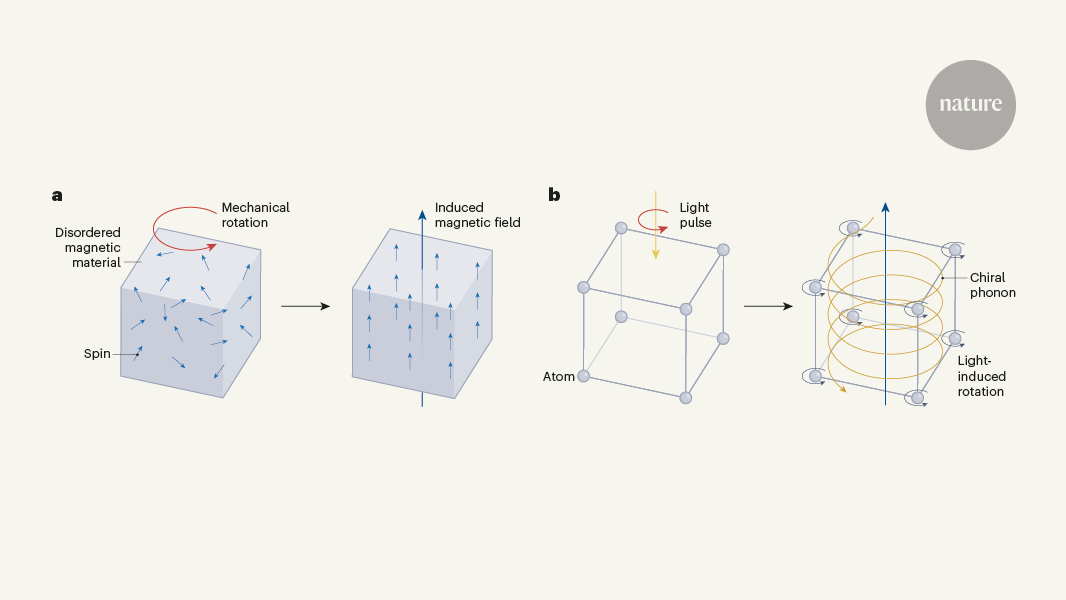Laser Pulses Induce Atomic Orbits and Magnetic Fields for Ultrafast Spin Switching in Electronic Devices
The article discusses how modern electronic devices require precise control of the intrinsic angular momentum of electrons, known as their "spin". Future computers are likely to rely on spin, and their effectiveness will depend on how fast the spins can be flipped.
Current technologies achieve spin switching using current-induced magnetic fields on a nanosecond timescale. However, the article suggests that ultrashort laser pulses could, in theory, flip spins a million times faster, in a matter of femtoseconds.
The key insight from the article is that laser pulses can be used to make the atoms in a material orbit around their positions in a crystal lattice. This induced atomic motion creates magnetic fields that could aid in the rapid switching of electron spins, as reported by the studies of Basini et al. and Davies et al.
This breakthrough could have significant implications for the development of future electronic devices that rely on ultrafast spin manipulation, potentially leading to faster and more efficient computing technologies.
요약 맞춤 설정
AI로 다시 쓰기
인용 생성
소스 번역
다른 언어로
마인드맵 생성
소스 콘텐츠 기반
소스 방문
www.nature.com
Light makes atoms behave like electromagnetic coils
핵심 통찰 요약
by Carl P. Roma... 게시일 www.nature.com 04-10-2024
https://www.nature.com/articles/d41586-024-00889-w
더 깊은 질문
